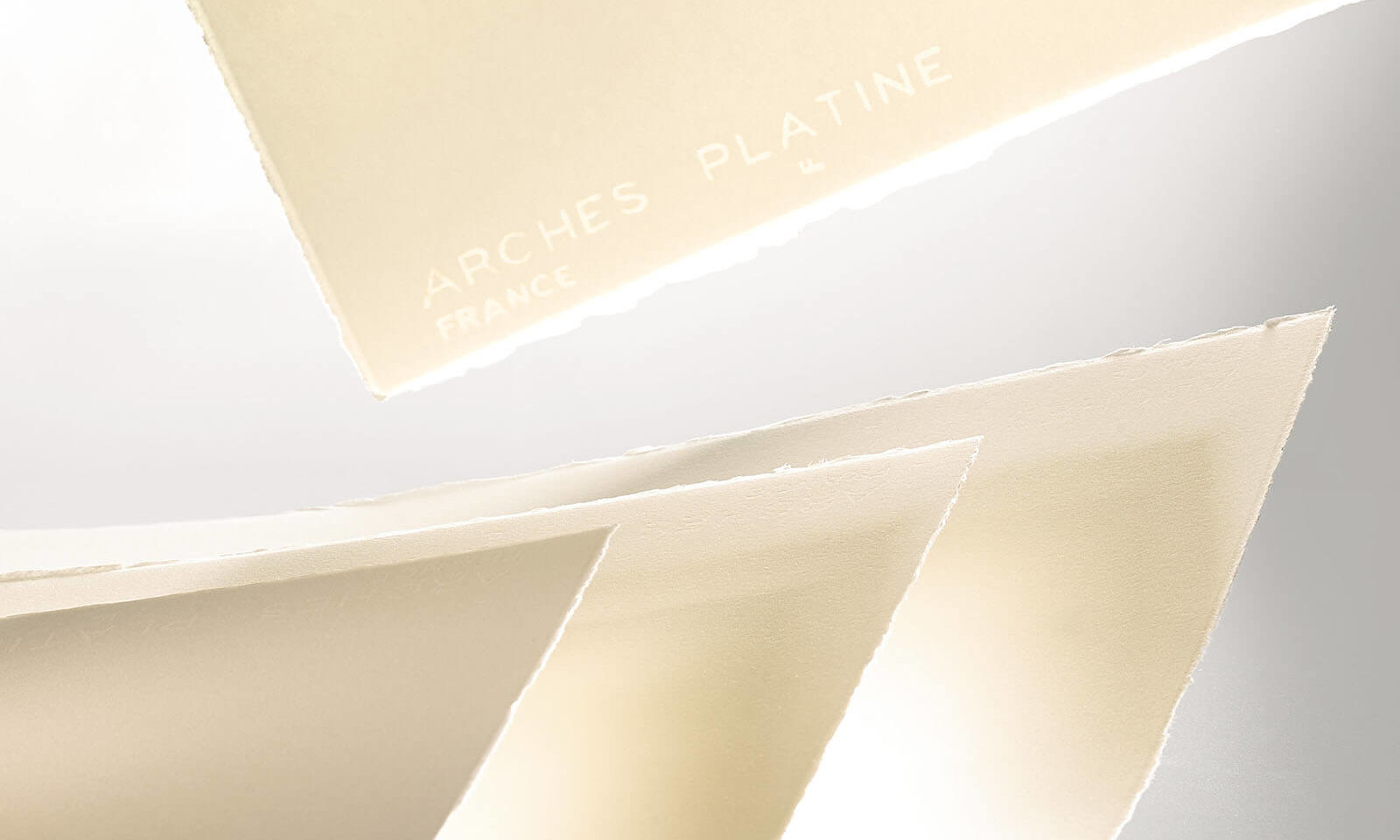ARCHES Platine paper for perfect alternative photographic prints
- The absolute matt finish of ARCHES Platine eliminates surface reflections so this allows the viewer perfect viewing of the photograph.
- The paper is easy to use because it is flawless without particulate imperfections.
- 100% cotton: An unbelievably smooth feel – the pleasure of using a supple, noble material. It is easy to coat using a brush or coating rod.
- ARCHES® Platine paper, because of the cylinder mould method of manufacture has great wet strength. Even after an hour in water, the paper stays strong and easy to handle. The paper surface during coating will not break up. The rate of absorption into the paper surface is easy to control for a very even result.
- The finished print exhibits fine details, excellent Dmax, pure whites and a long tonal scale.
- The natural deckle edge of ARCHES® Platine emphasizes a fine hand made print. The paper can also be torn by hand using a steel sharp edge to create a new deckle edge.
- Archival standards: No alkaline buffering which would be incompatible with the platinum- palladium chemistry. Acid and OBA-free, making it a substrate particularly well suited to the conservation of photographs. It resists ageing to preserve the integrity of prints over time. It gives your photographic prints everlasting life!
- Perfect pH: The chemical pH is designed specifically for platinum-palladium printing and other alternative printing processes.
- High Dmax: Allows for an extensive tonal range and rich, deep blacks.
- Ready to use: Unlike certain papers that require acidifying, gelatin coating or double coating.
- Two sided: ARCHES® Platine is two sided, smooth and more textured. Both sides yield high-quality prints.
- Strong paper surface: The paper surface will not crack if scored and folded.
- Retouching: The paper surface can be retouched with watercolour dye or etched with a sharp blade.
- Final presentation: The print will naturally lay flat and can also be hot pressed.
- Pure white: ARCHES Platine paper is very white with no optical brighteners, so that it catches the light and brings out the details.
- Natural deckle edges: Typical of papers made on a cylinder mould, they give added cachet with an artistic look.
- Watermarked sheets: for an authentic, prestige effect.
- Two paper weights:
- 310 gsm for strong sturdy prints, for small and big prints.
- 145 gsm, suited for book publishing when the print is either bound or tipped in. Reduces the overall book weight and thickness of the book.
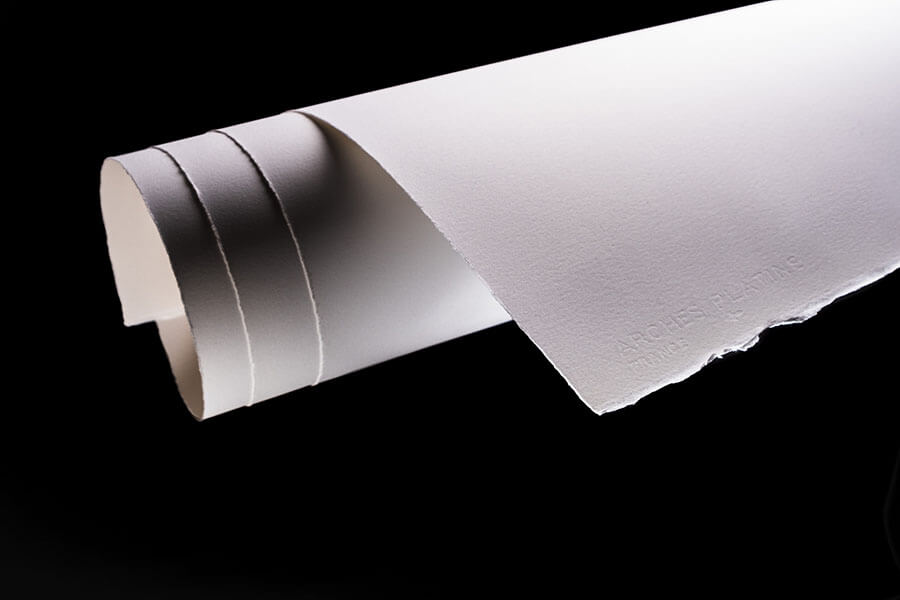
What is a platinum-palladium print?
Platinum-palladium printing is a marriage of photography and art which offers exceptional, timeless results.
Historical artisan photographic printing process dating from 1873. The final image is made of platinum and palladium black, ingrained into the paper surface.
The history of the process and the photographers who made this type of print from the early days of photography are the reason platinum-palladium prints are so revered today. Many prints are held in major museums.
A sheet of ARCHES Platine when coated and dried becomes light sensitive to UV. An exposure of several minutes is made through a same-size negative. The negative can be made with an inkjet printer combined with photoshop to retouch and tonally balance the image.
The prints are known for their glowing light and almost 3D appearance.
Platinum-palladium prints because of the two noble metals used will never corrode and are therefore very archival to stand the test of time.
A range of black tones from cool black to warm black is achieved by varying the ratio of platinum and palladium salts in the sensitizing solution.
The main characteristics of the process are:
- Composition: The platinum-palladium print is produced by hand coating a light-sensitive solution by a brush or rod onto a suitable substrate.
- Rendering: The matt non-reflective surface is characterised by deep rich black and pure whites to create a long tonal scale.
- Stability: They are known for their permanence, making them ideal for collectors.
- Process: The paper is coated with a platinum, palladium, ferric oxalate solution, then dried and exposed to UV light (generally using a same-size film negative). After exposure, the print is developed and cleared of any residue iron. Washing to a neutral state is followed by air drying and flattening. The print can be hot pressed.
- Aesthetic: Platinum-palladium prints have a unique texture and a visual depth that sets them apart from other processes.
- Rare and prestigious: Due to the rarity of platinum and palladium and the complexity of the process, they are more expensive to produce.
- Conservation: Extremely long-lasting prints. As platinum and palladium are non-oxidising metals, the print’s image quality will never deteriorate and is matched by the archival properties of ARCHES Platine paper.
The alternative processes: platinum-palladium, cyanotype, Mike Ware platinotype, kallitype, argyrotype and Van Dyke photographic printing
The cyanotype and platinotype processes are photographic techniques that produce images with an unmistakable aesthetic.
Platinum-palladium or palladiotype printing
Composition: The print is produced by coating a paper substrate with platinum and palladium.
Characteristics:
- Large range of greys.
- The image extends under the surface of the paper.
- Considered to be stable and not susceptible to deterioration.

© Amy Lamb. Platinum-palladium print made by Martin Axon, master platinum printer, ARCHES® Platine
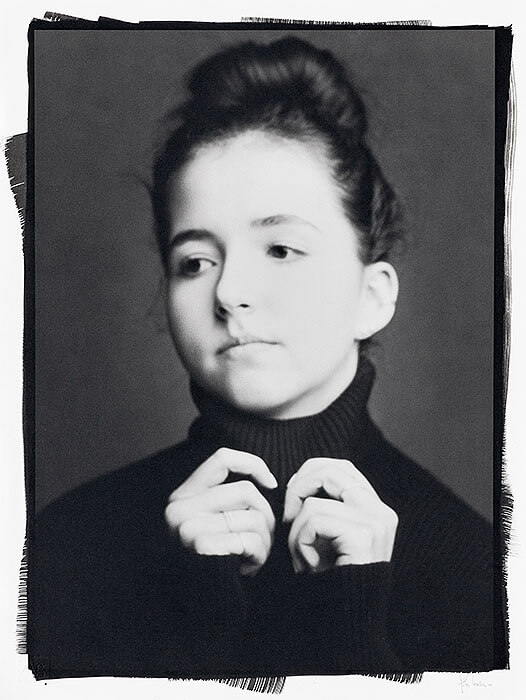
© Gilles Lorin. Platinum-palladium print, ARCHES® Platine
Cyanotype process
Composition: The cyanotype process uses a solution of ferric ammonium citrate and potassium ferricyanide.
Characteristics:
- Characteristic Prussian blue tone.
- Used to create monochrome images.
- Simple, accessible process.
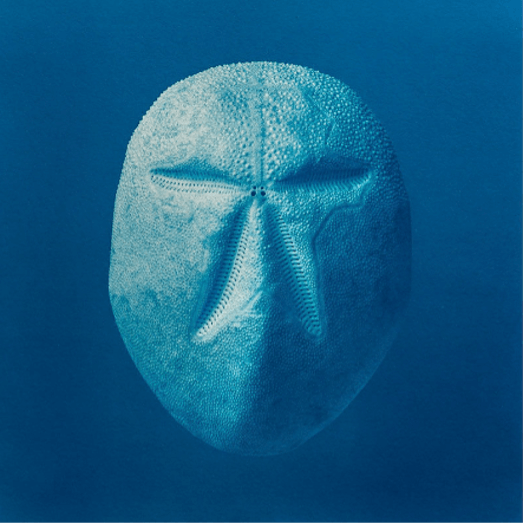
© Paolo Saccheri. Cyanotype, ARCHES® Platine
Mike Ware Platinotype process:
Composition: Similar to the platinum-palladium process, but with Ammonium based chemistry.
Characteristics:
- Tone ranging from bluish-black to warm brown.
- Used for artistic prints.
- Durability and stability.
Kallitype process:
Composition: The kallitype process uses a ferric oxalate solution. It involves the transformation of ferric ammonium citrate in a ferrous state by light.
Characteristics:
- Sepia tones.
- Cheaper than a platinotype.
- Lack of stability.
Argyrotype
A process developed by Mike Ware. It is a derivative of the kallitype and Van Dyke processes.
Composition: The argyrotype process uses the complementarity of iron salts and silver oxide.
Characteristics:
- Simpler process.
- More stable images.
Van Dyke
Composition: It is based on the sensitising of a watercolour-type paper with a solution of silver nitrate and iron salt. It is the simplest of the kallitype techniques. It has the advantage of not requiring the use of ferric oxalate or special developers.
Characteristics:
- Printing out process: the image is formed during exposure and does not have to be developed in a developing solution.
- Tone ranging from sepia brown to warm black.
- Lends itself particularly well to different types of toning, gold or silver toning for example.
These different alternative processes offer an array of possibilities for unique forms of artistic expression and are popular with traditional photography enthusiasts.
History of platinum-palladium photographic print paper
Special papers for platinum-palladium photographic prints have a long history, marked by passionate inventors and visionary artists. Here is how they have developed over time:
1804: Adolph Ferdinand demonstrated that platinum chloride in an ether solution was sensitive to light.
1842: John Herschel developed different photographic printing processes by combining ferric ammonium citrate with salts of iron, silver, mercury or gold, which he grouped together under the name siderotype.
1873: William Willis extended these processes to platinum, using a solution of ferric oxalate and potassium chloroplatinite.
1883: Pizzighelli and Hübl published an in-depth study of platinum-palladium, which still constitutes the basis of the process today.
1960s: A group of American photographers (Irving Penn, Dick Arentz, George Tice, Nancy Rexroth, Luis Nadeau) took a renewed interest in the process, experimenting widely and sharing their know-how. They even coated their own paper, which contributed to a revival of platinum-palladium.
1992 saw the creation of the first paper specially made for platinum, palladium and cyanotype photographic prints: ARCHES® Platine, developed by the Research & Development department at the Arches paper mill in collaboration with platinum printing expert Martin Axon.
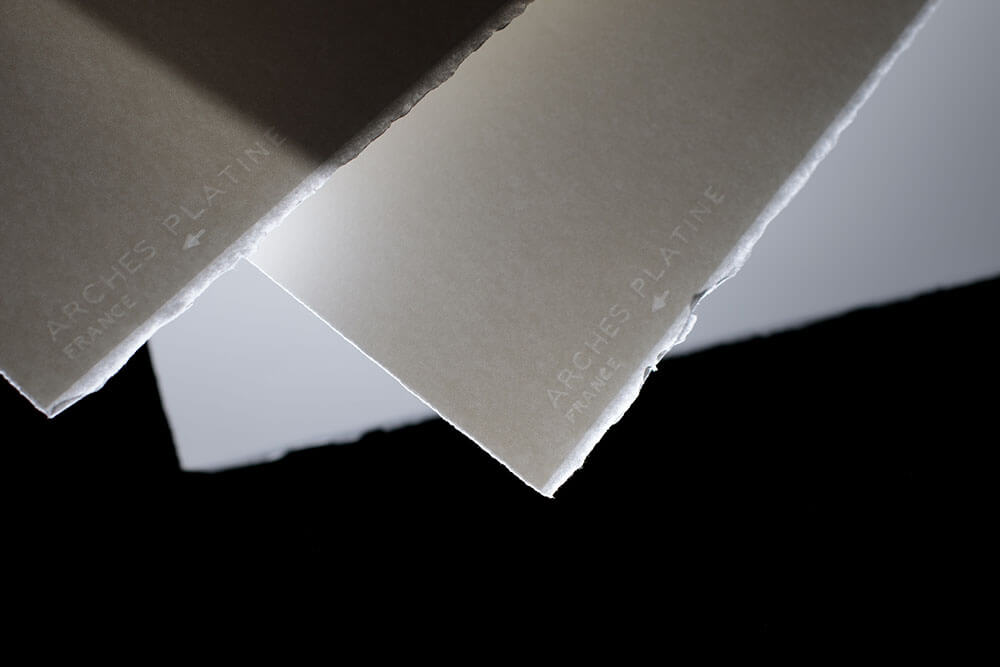
Mike Ware is a chemist and photographer born in England in 1939 who devoted part of his career to updating the old photographic processes. He is currently THE acknowledged technical expert in the field.



